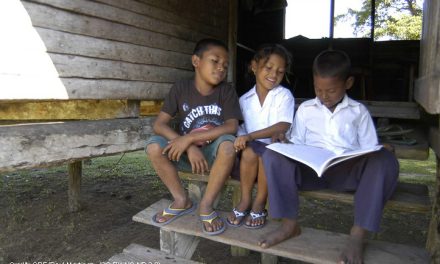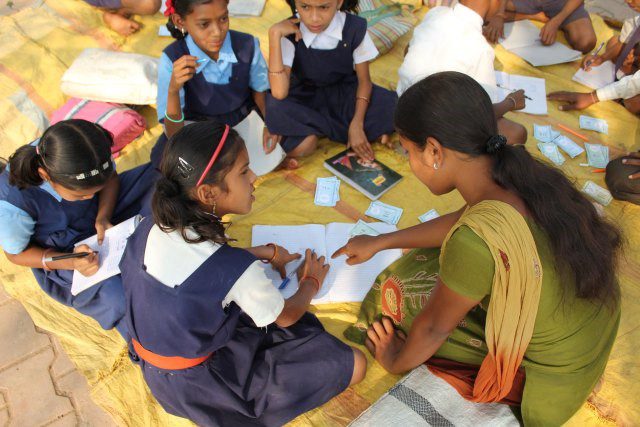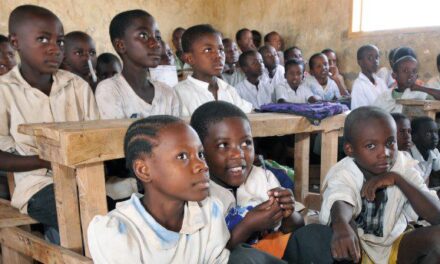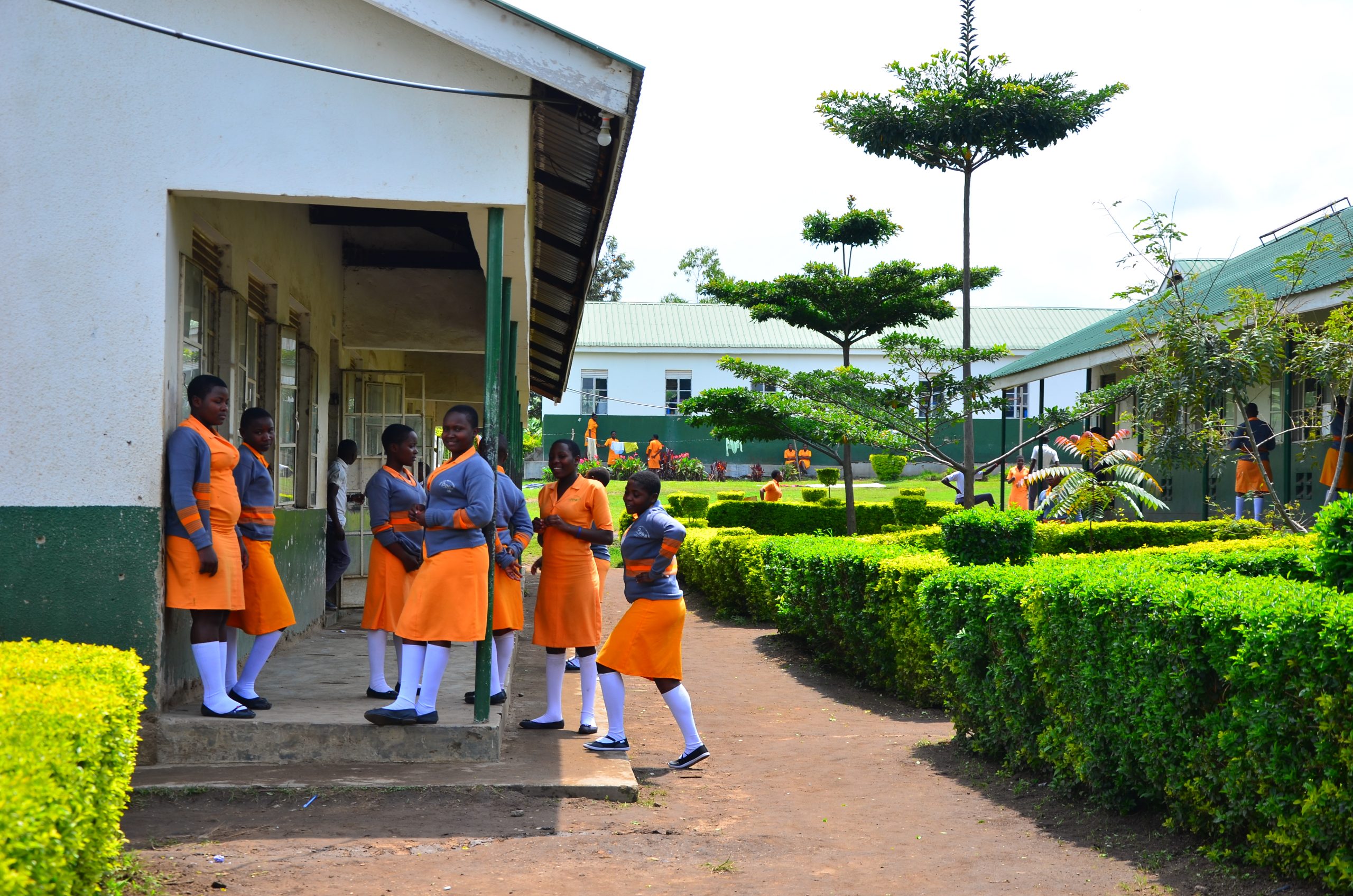This article was written by Wendy Kopp, CEO and Co-founder of Teach for All and was originally published on the Teach for All blog on 30 April 2020.
COVID-19 school closures have affected 90 percent of students around the globe. That’s more than 1.5 billion children and young people. Never before have so many learners been out of school for so long and all at the same time.
For children in the world’s most marginalized communities, this is devastating. They are the least likely to have access to food, clean water, safe spaces, and the equipment and internet access needed for ongoing online learning.
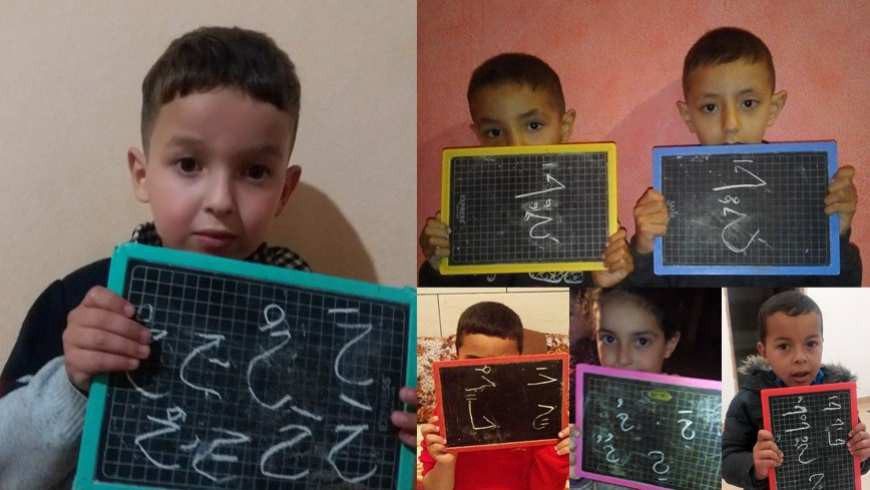
Teach For Morocco students who don’t have internet access practicing their letters, as shared by their parents to teachers via WhatsApp.
Teach For All is a global network of independent organizations in 53 countries working to ensure that all children can fulfill their potential. Our network organizations — from Teach For India and Teach For Lebanon, to Teach For Nigeria and Ensina Brasil — and their teachers and alumni educators have been working with heart and soul to keep children learning during this crisis.
In their responses, we can see lessons that shed light on the path to ensuring that this generation of students returns to schools that can help them overcome this setback and ultimately thrive. Here are three:
- The most important resource is creative, innovative, entrepreneurial teachers and leaders.
School closures happened quickly, in many cases outpacing the ability of school systems to keep up. Children were at home and the only answer was for their teachers to react quickly to ensure students could keep learning.
Teach For Pakistan teachers engaged in a four-day virtual training to create a shared plan for working with and supporting their students during school closures. These teachers made sure they knew where all their students were, that all of their families were connected to services to access food, and which of their students have smartphones or other devices and which don’t. They are keeping all of their students engaged in learning, irrespective of their access to technology, including by working with local mosques to help distribute educational materials to those who don’t have access to a phone.
Soon, school systems turned to entrepreneurial teachers to help forge system-wide solutions. When schools shut in Peru, Enseña Perú’s alumni educators offered training in implementing the country’s new curriculum for competency-based education through remote strategies. They enrolled 1000 education specialists — master teachers and teacher trainers — who will in turn train and support the teachers in their territories. The course began with four two-hour sessions over two weeks, followed by simulations, peer coaching opportunities, and personal reflections. The trainings are preparing these education specialists to impact approximately 11,000 teachers and more than 150,000 students and to engage, over time, in reinventing the education system.
In other countries all over the world, our network teachers and alumni are providing access to instructional materials to teachers and families far beyond their own students. In Ogun State, for example, Teach For Nigeria participant Martin Odebowale is leading a group of nine other teachers who are teaching live on TV in partnership with the state government and reaching millions of students. In the U.K., educators, nonprofits, and the government launched — in just two weeks — Oak National Academy. Led by Teach First alumnus Matt Hood and staffed by many other alumni, alongside other excellent teachers, the academy provides 180 hours of free online lessons per week while schools are closed. They cover core subjects including mathematics, art, and languages and have reached over 750,000 students in their first week alone.
With schools shut, many wonder about the technology solutions and the tools we can use to reach all students– and these are important questions. But what’s clear now more than ever is that the school systems that do best will be those that have invested in developing entrepreneurial, deeply dedicated teachers and leaders who can mobilize to make the most of the materials, tools, and technology we have. Our first question should not be about technology and tools but about how we’re going to identify and develop the people needed to innovate and reinvent our systems.
- Local teachers and leaders can move much faster when they’re connected to each other across borders.
Given the massive challenges facing teachers — and how clear it is that teachers all over the world are facing similar issues — there is tremendous appetite among them to learn from each other. And we’re seeing just how invaluable this can be for exposing teachers to new ideas and accelerating progress.
More than 1,500 teachers in our network have joined “Teaching Without Internet” WhatsApp groups — in Spanish, French, English, and Arabic — to share resources for reaching students who don’t have internet access and computers, with the aim of sharing stories, strategies, and materials to help them keep learning. The resources they’re sharing are being adapted across many borders, and a group of these teachers has published a set of recommendations to support other teachers in similar situations.
Two Enseña Chile teachers learned that Teach For Nigeria teachers were reaching their students through radio. Inspired, they recorded their own 30-minute lessons in five subjects for secondary school students. These recordings were dynamic and relevant for students — they made learning fun. As media influencers, the radio association, and mayors throughout Chile learned about the initiative, they were won over. Now 50 Enseña Chile participants are working with community leaders to make new programs, and more than 200 stations across the country are broadcasting the lessons. This is an innovation that will continue even after schools reopen, giving educators a means to communicate with the families of students in 3,000 rural schools in Chile.
Now, network teachers across Latin America are learning from one another how to utilize radio for teaching. They’ve generated a Whatsapp group, Enseñar en la Radio, through which they’re sharing resources about how to use radio as a teaching tool, structure radio lessons, work with local radio stations to deliver the lessons, and partner with government and community leaders to influence their local stations.
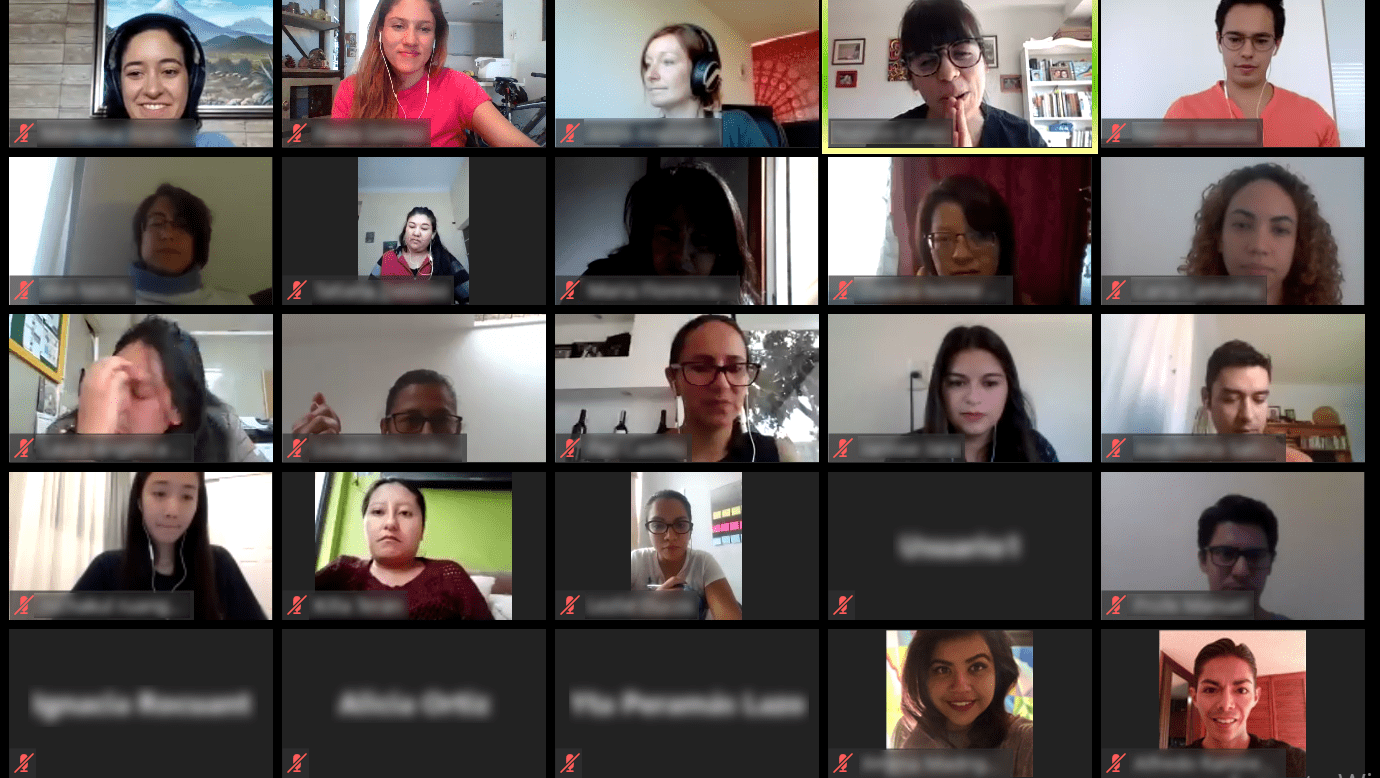
Alumni educators from across Latin America gather to discuss strategies for teaching without the internet.
These teachers are doing more because they’re inspired by each other’s ideas, and they’re learning more quickly than they otherwise would. As schools around the world begin opening up, we should remember the power of global networks for teachers and educators facing similar challenges so that we can increase the pace of reinventing our schools.
- We need to work towards a broad and holistic set of outcomes for students, so that they gain the mindsets and skills necessary to navigate an uncertain world.
It’s amazing to see how differently students make use of this time at home. Irrespective of the challenges they may face, some are making the time to express themselves creatively, to read, to study — while others are far less productive.
And the pandemic and its effects only bring to greater life the fact that the kind of education students need today is one that enables them to adapt to changing circumstances, to be resilient, and to develop intrinsic motivation. This kind of education will set kids up for the unknowable future just as much as it is helping some of them thrive today, even while schools are closed.
Teach For Bangladesh fellow Sharmistha Deb recognized that additional family responsibilities, isolation from friends, extreme changes in daily routine, and socio-economic stress were affecting her female students psychologically in multiple ways. She began an initiative to develop the girls’ social-emotional skills with the goal of supporting them to manage anxiety and conflict, and to develop their confidence and leadership so they can in turn support the wellbeing of their families and communities. Sharmistha connects with her students via IMO, Viber, WhatsApp, and Facebook to discuss strategies for maintaining mental health, and their families often join the conversations and discuss their own state of wellbeing.
Enseña por México has always had a focus on students’ social-emotional development, but the current crisis has presented new challenges for students — and new learning opportunities. Their teachers resolved to make space within all of their lessons for building self-control and social conscience. They’ve been collaborating to host Zoom calls for 100 students at a time, utilizing breakout groups with at least four facilitating teachers. In these, they create space for surfacing how students are feeling, to encourage reflection on their emotions. They’re also using the moment to help students understand how interdependent we all are right now, and how every action impacts others, given how the virus spreads.
While the pandemic is amplifying the challenges and inequities that the most marginalized students already face, it has also helped illuminate the path forward to transform education so that this generation of young people can fulfill their potential. By taking a people-first approach and investing in identifying and developing dynamic and dedicated teachers and educators all over the world, enabling them to learn from each other across borders to accelerate progress, and orienting towards a holistic set of student outcomes, we can enable all children to have the education, support and opportunity to shape a better future for themselves and all of us.

